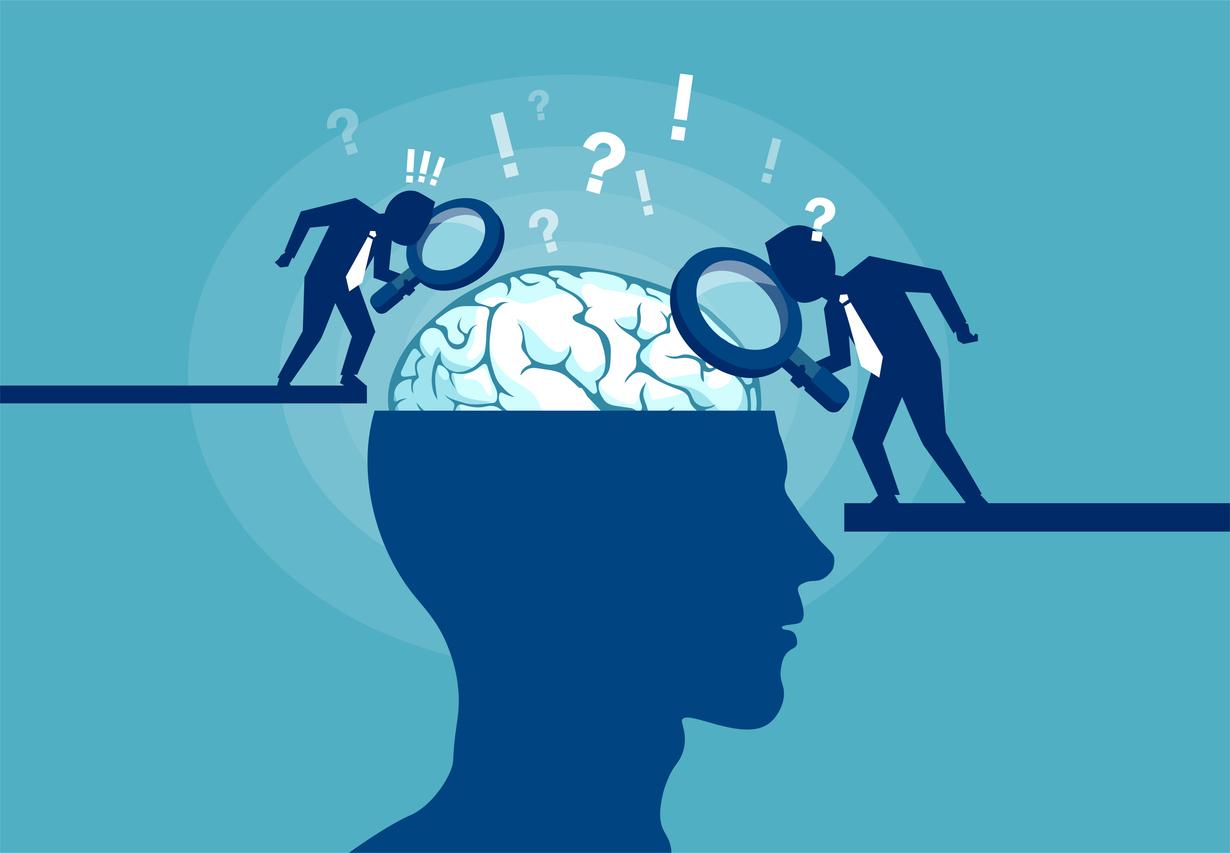For the first time, a study shows that mixed emotions elicit unique neural activity in the amygdala and nucleus accumbens of the brain.

- Experiencing mixed emotions is when you have both positive and negative feelings at the same time.
- The brain exhibits unique and distinct neural activity when experiencing mixed feelings.
- The latter is observed in the amygdala and nucleus accumbens.
We talk about so-called “mixed” emotions when we have both positive and negative feelings at the same time. This experience is common. However, it has been little studied scientifically for several reasons. It is often thought that emotions only exist on a spectrum ranging from negative to positive and that it is easier to study one feeling at a time.It is difficult to evoke these complex emotions realistically in the laboratory.”said Jonas Kaplanassociate professor of psychology at the University of Southern California (USA).
27 people watched a short film during a brain scan
In a recent study, the American researcher and his team wanted to know whether mixed emotions are the result of a single brain activity or whether, in this case, we simply switch between positive and negative feelings. To find out, they used analytical approaches focused on the states reported by 27 adults. While the participants watched a short animated film, the neuroscientists monitored their brain activity using a magnetic resonance imaging (MRI) device. They chose one model in particular for its ability to evoke happy and sad feelings simultaneously. After the first viewing, the volunteers watched the video again without MRI and indicated when they had felt positive, negative or mixed emotions. The researchers then compared these reports with the results of the MRI imaging.
“A mixed emotion” that results from unique neural activity
“We found that various brain regions could predict the emergence of new emotional states, as determined by self-evaluation,” can be read in the work. The results, published in the journal Cerebral Cortexfound that brains showed distinct neural activity in the amygdala and nucleus accumbens when people experienced emotions, such as bittersweetness. “It’s not a ping-pong between negative and positive. It’s a single emotion, mixed over a long period of time,” explained Anthony Vaccaro, lead author of the study. This neuronal activity, which “remained stable over time”was different from that observed when a volunteer reported only positive or negative emotion.
The authors were also able to predict when a person would change emotions. Some regions of the brain, such as the insular cortex, showed significant changes when participants reported an emotional transition. In future research, the researchers will examine how emotional reactions fluctuate in groups, such as when watching a movie together in a movie theater.

















